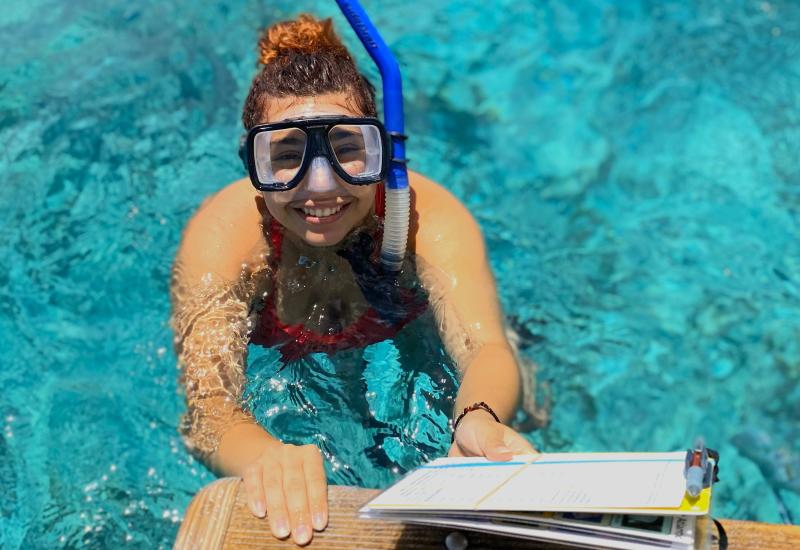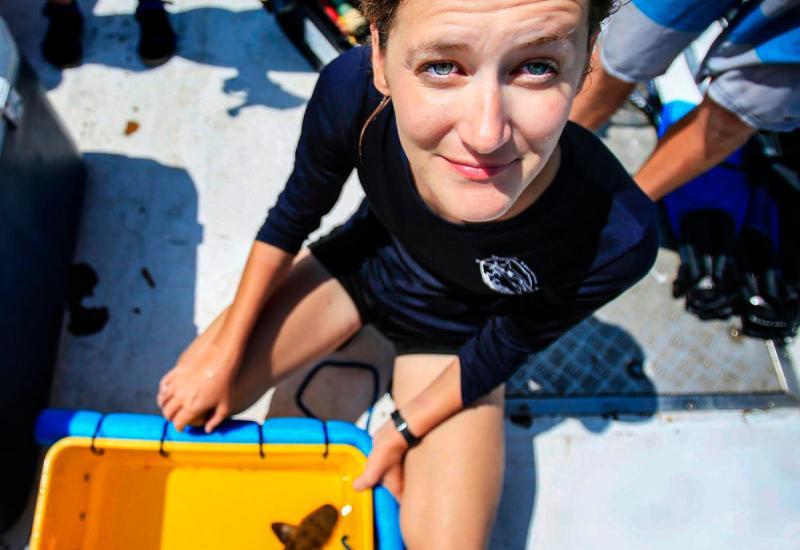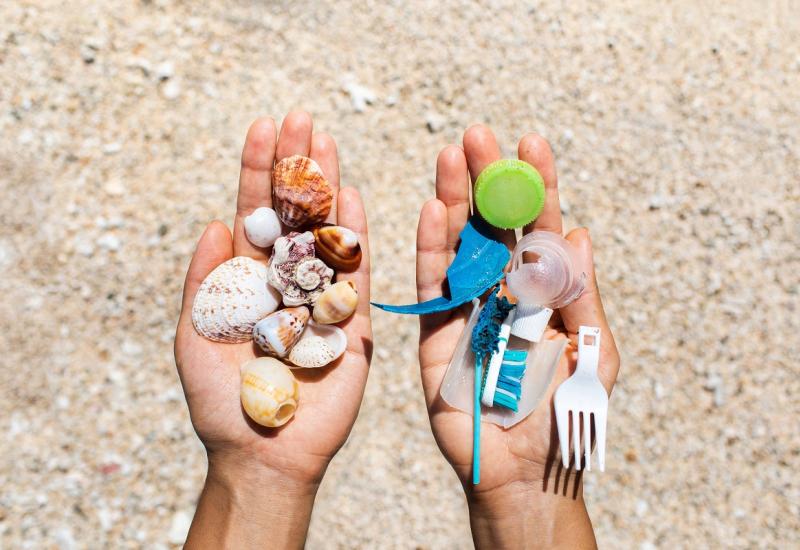Shark Conservationist Mauricio Hoyos Named Scuba Diving Sea Hero
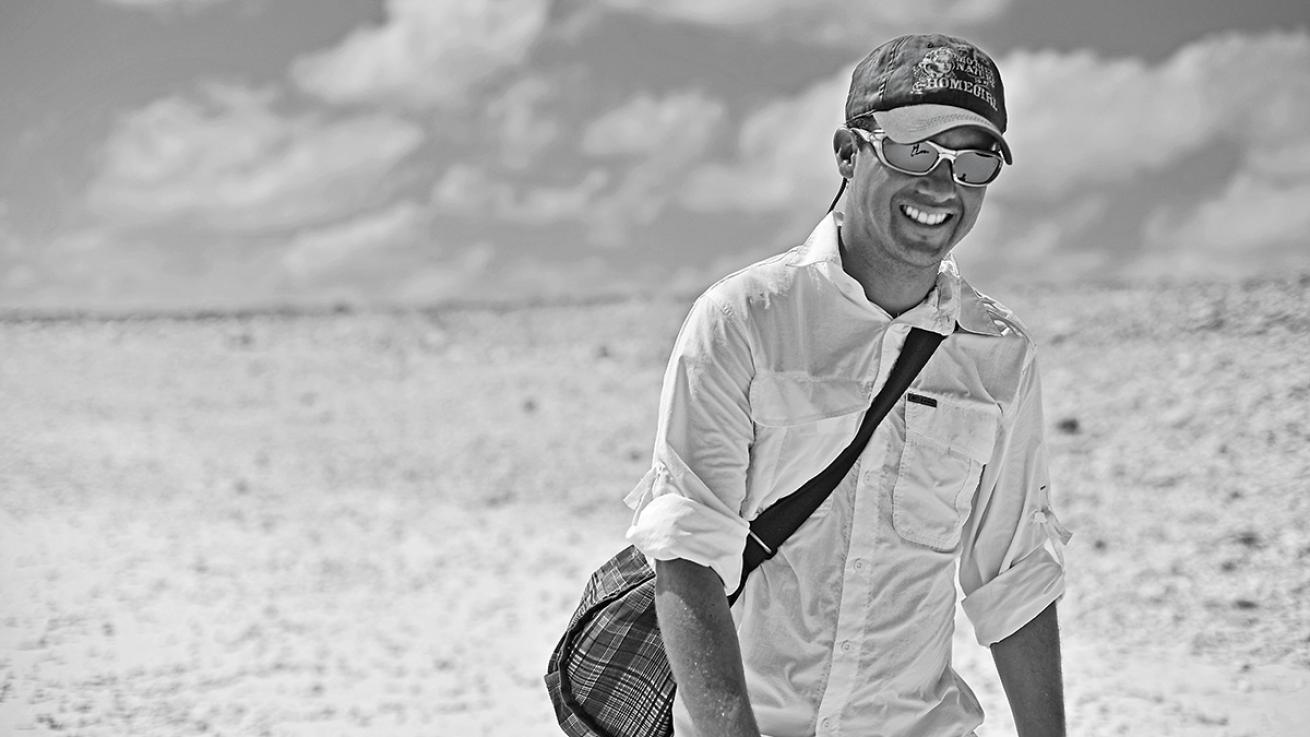
Mauricio HoyosShark conservationist Mauricio Hoyos is honored as a Sea Hero by Scuba Diving magazine for his work studying sharks and educating others.
Year Dive Certified: 1997
Age When Certified: 21 years
Dive Certification Level: Master Scuba Diver
Words to Live By: “No one will protect what they don't care about, and no one will care about what they have never experienced.” ― David Attenborough
Mauricio Hoyos, an expert in shark reproduction, is best known for his work conserving the white sharks of Mexico, as well as other ocean-going species like hammerheads and manta rays. But his true mission just might be shark evangelist to the next generation.
You are known for work conserving Mexico's sharks — what is your greatest challenge?
The white shark is one of the most-stigmatized sharks in the world. Although white sharks inhabit all oceans, we need more information about basic aspects of their ecology, population biology, movement patterns and migrations. In Mexico, available information is mostly anecdotal or based on dead specimens, providing little insight into the biology of living sharks. The most significant obstacle to designing protective measures for the white shark in Mexican waters is a lack of biological information. The white shark was once considered rare along the Mexican coast, although the occurrence at Guadalupe Island is more frequent than was supposed; researchers discovered a population there in the ’90s. Due to its location as the westernmost island off Baja California and the resultant isolation, Guadalupe is an ideal site to conduct research on the biology of the white shark in Mexico; unfortunately, as with most active pelagic fish, white sharks are difficult to study due to their large size, the complexities of maintaining them in captivity, and the logistical difficulties of conducting research at sea on these wide-ranging predators.
You make it a priority to speak to young people, from very young to college age, about shark conservation — is there a message that especially resonates with young audiences?
Our image of sharks has come from unreliable sources and exaggerated stories that are not even close to reality. My goal is to show the truth about sharks and let people make their own judgment. After most of my talks, people thank me because they have been misled about sharks since the ’70s. I gave a talk in a kindergarten because a mom asked me to — her kid was making drawings of sharks trying to eat him and she wanted to change that. After the talk, his drawings changed from a scary shark trying to eat a little boy in a corner of the page to a smiling shark diving together side by side with him. It’s extremely important for me to change that image from the root; that’s why I focus most of my talks on children. I have a comic about a super hero that protects sharks in Mexican waters against mutants like illegal fishing, ignorance and greed. The first issue is about white sharks, the second about bull sharks and the third about Revillagigedo Archipelago. Kids have been very receptive; the goal is to explain to them — in a way they can understand — the importance of sharks in the oceans.
What are the consequence of not conserving sharks? What happens to our oceans without them?
Sharks are top-of-the-food-chain predators, which means their reproduction rate is slow, their gestation periods are long and their fecundity is low. Because of this their numbers don't bounce back easily from overfishing. On top of that, their predator status also helps regulate the numbers of other species. When a major predator is taken out of the environment, species lower on the food chain often start to overpopulate their habitat, creating a destructive downward spiral of the ecosystem.
You have been involved in many conservation projects — tell us what you are working on now?
Our biggest priorities now are to protect the giant mantas and the scalloped hammerheads in Mexico. The Sea of Cortez separates the peninsula from mainland Mexico and is home to a vast array of marine fauna. Jacques Cousteau once called this area “the aquarium of the world” — mantas and hammerhead sharks were one of the magnificent creatures that are responsible for this unique inlet. After 16 years’ absence, giant mantas have come back to the Sea of Cortez. We do not know why they disappeared but, together with a variety of scientists, we have established Manta Mexico to develop a best-practices manual for the region’s ecotourism operators. We also started a scientific program to identify the mantas, tag them and understand their local movements and migrations, to give the Mexican government the tools to protect them. In the case of the scalloped hammerheads, their population has decreased 90 percent globally, and there is a lack of information about their biology and ecology. In 2016 we started a project to identify their nursery areas and migration patterns, to protect the most important zones of their distribution in Mexico and other countries.
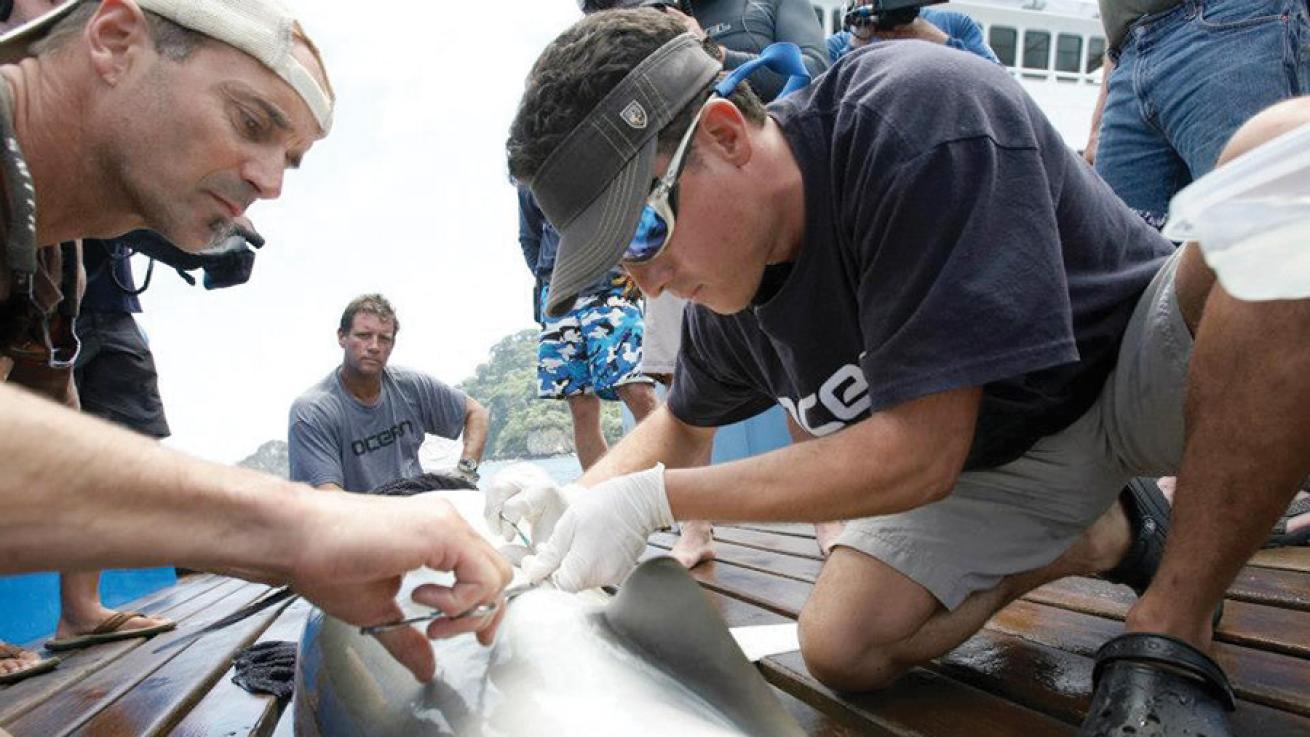
Mauricio HoyosHoyos, at right, works to tag a silky shark. Information gathered through tagging and tracking is critical to policymakers as well as scientists.
What do you view as the greatest challenges in marine conservation overall today?
Oceans provide 1/3 of our food, produce most of the oxygen of the planet, remove half of the atmosphere’s anthropogenic carbon dioxide and control our planet’s temperature and weather, so unfortunately now there are many challenges in marine conservation. The pressures from human population growth are set to rise, and further exploitation of the ocean's resources will occur. The overarching grand challenge then is to protect marine ecosystems, maintain biodiversity and manage the sustainable extraction of these resources. Among the most important issues are ocean acidification, heavy metal and plastics pollution, global warming and overfishing. For sharks, overfishing is a serious issue. Sharks are killed in the tens of millions each year, mainly for their fins. Shark finning is a practice that needs to end if our oceans are to maintain some semblance of balance. Luckily, a growing awareness around the unsustainability of this practice is helping to lower the popularity of shark fin soup. In some countries like Mexico, this practice is forbidden.
What's been your most satisfying moment?
It was when Revillagigedo National Park — North America's largest marine protected area — was protected by the Mexican navy with boats and drones to ensure that the park remains safe, thanks in large part to a team of dedicated researchers that I am proud to be one of. Our work — based on tagging and tracking sharks to show proof of their connectivity between the islands — has finally translated into political policy, making the park's extension a reality. Using this research, the first park design was proposed in 2014 to the Mexican Commission of Natural Protected Areas (CONANP). This proposal was also included in the site's official documentation as a heritage site with UNESCO. We later presented an expanded park design, which eventually morphed into the new national park, which became official on Nov. 24, 2017. This is the first time that we have used sharks as conservation tools to increase the range of a marine protected area in Mexico.
What's been your most surprising moment?
A few days after I named a juvenile white shark “Joker” — after the nickname of a young soldier who had died in Iraq — his mom gave me part of his ashes to release whenever I saw that shark again. I was given something precious, and the weight on my shoulders was very heavy. I looked for that shark for months until we finally found it with our portable receiver (it had been tagged), and we made a video that served as closure to the soldier’s family. I love to tell this story because it’s a nice story about a white shark and how special they can be for humans, especially after a terrible loss due to real monsters: war and hate.
Who are your sea heroes?
Scientists all over the world generating data to give their governments the tools for conservation and management, stake holders who make changes happen in policy to protect the oceans, MPA directors and rangers, fishermen who understand why they have to respect laws or change to ecotourism, and regular people who fight to make a difference in marine conservation. Most of them remain anonymous, but their support has been invaluable for the planet.
Any last words for readers?
We must change the image of sharks as man-eaters and serial killers. Forty years ago there was not as much information available, but now we have access to better sources than movies and bad media. Some shark populations are declining by 90 percent, and we must do something about it. It will be a great loss — not just ecological but spiritual — if because of us we lose species that have been in the oceans for millions of years. There is hope, but we don’t have a lot of time to make these important changes in our perspective and the way we manage our natural resources to really create an impact and stop this from happening. We all have to fight, and every single change is important — let’s work together and let other species exist and live forever.
Each Sea Hero featured in Scuba Diving receives a Seiko Prospex Automatic SRPC07 watch worth $525. For our December issue, judges select a Sea Hero of the Year, who receives a $5,000 cash award from Seiko to further his or her work. Nominate a sea hero here.


